 News
News
Here Are The Most Innovative Work From Home Setups
People around the world scrambled to work from home when the coronavirus pandemic began to take hold. While many are now being encouraged to return to the office, plenty have no plans to go back yet.
The Variations Are Many
It’s resulted in the creation of some rather innovative office spaces.
“What people are finding is that having some separation from home life and work life is becoming incredibly important,” said Bruce Daisley, author of The Joy of Work. It’s not a level playing field, he noted, with some home workers having considerably more home than others.
“Some will be working from their parents’ house or in their only room. A lot of people are trying to find compromises so they can get the best out of the weird situation they’re in.”
We asked for your more unusual WFH set-ups – here’s a selection of your home-grown grand designs.
Exercise And Email
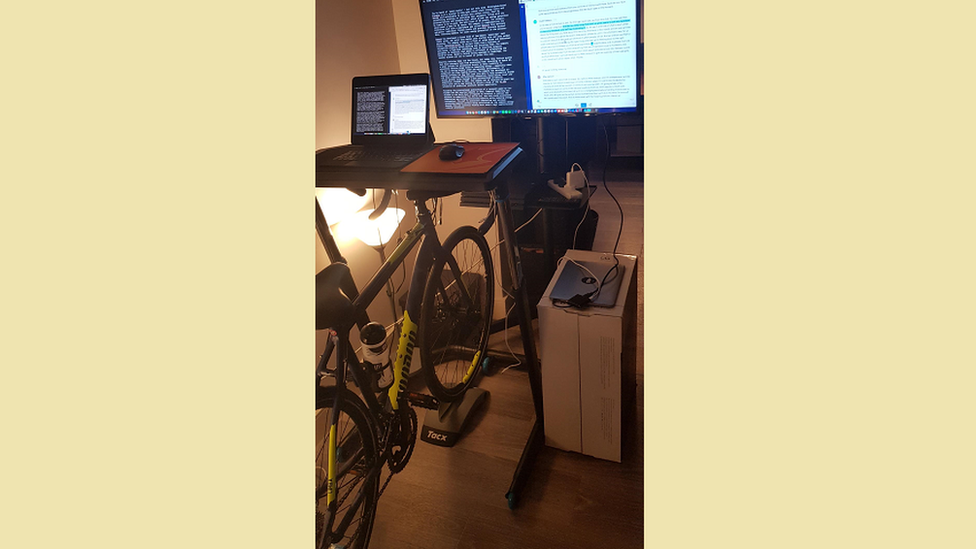
Kane Fulton decided to combine his desire to keep fit with his day job managing start-ups in Yorkshire, all within the confines of his admittedly rather large, walk-in wardrobe. Instead of an office chair, he has a bike.
He’s now sometimes back in his actual office but when he’s not, he begins the working day with a virtual 40km (25-mile) cycle on his bike/desk chair, using the training app Zwift at the same time. A pair of noise-cancelling headphones drowns out the noise of his pedalling (at least they do for him).
“It’s not the most elegant set-up, but it works – and compensates for the the lack of a morning walk,” he said.
DIY Desks
A lot of ingenuity has gone into fashioning desks, with home-grown standing desks proving particularly popular. It seems not everyone has forgotten everything they’ve always been told about sitting still for too long.
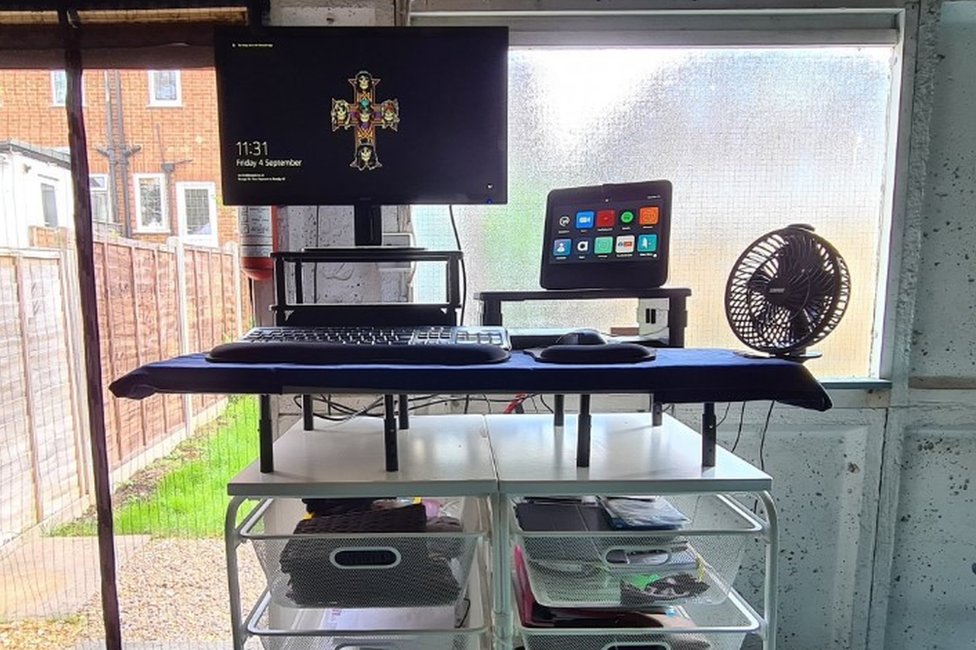
Alexandru Voica, from Facebook, built himself a standing desk in his garage (above), made from boards left over from a previous DIY project. It’s not as precarious as it looks – it’s also attached to the wall, he said.

Ellis Hillman took a simpler approach and repurposed an ironing board (above), while Cat Divers built her desk out of cardboard boxes (below) and re-homed a monitor she found in the street.

Meanwhile Martin, a TV lighting designer based in UAE, acquired four curved monitors and three cats
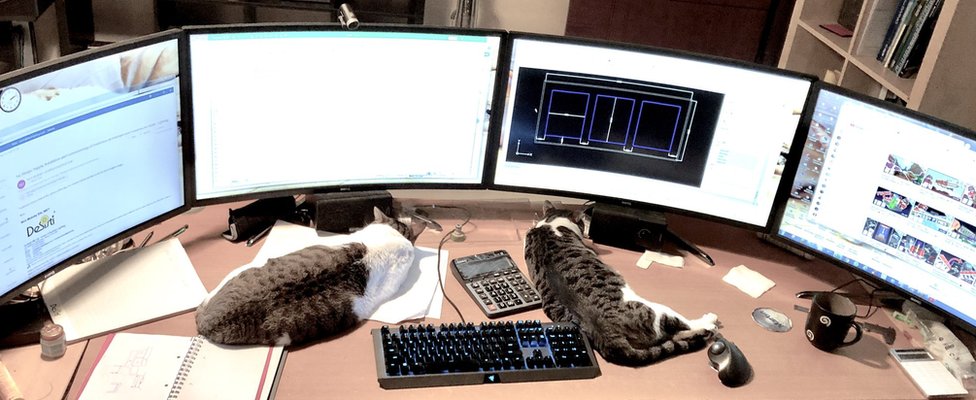
High Life
Steve Masters, a Green Party councillor, combined his work life and his environmental activism by setting up an office in a tree house at the end of May. He lives and works in the structure and also takes a physical stand against the building of the HS2 high-speed rail link through Jones’ Hill Wood in Buckinghamshire, which he opposes.

“I have had the best reception and bandwidth when up in the tree,” he said.
Mr Masters is using a council-issued laptop tethered to his phone, and he’s charging the kit using a solar-powered portable power station. So far, he says he hasn’t had to use the national grid at all. However, he concedes that this “may prove more difficult as the days grow shorter and bad weather hits”.
Remote Control Science

Dr Amruta Gadge at the University of Sussex (above) wasn’t going to let the small issue of being locked out of her lab keep her from a scientific breakthrough. She set up her computers at home to control the lab’s lasers remotely and was able to create a Bose-Einstein Condensate (BEC) – also known as the fifth state of matter.
This is created when certain elements are cooled to extremely low temperatures. The atoms that comprise them lose their energy and clump to form one solid “super-atom”.
The university says it believes this has never been done remotely before.
It’s being used to help the team develop magnetic sensors, which could be used in things like electrical vehicle batteries, touchscreens and solar cells.
“We were determined to keep our research going so we have been exploring new ways of running our experiments remotely,” said Dr Gadge.
Cupboard Farm
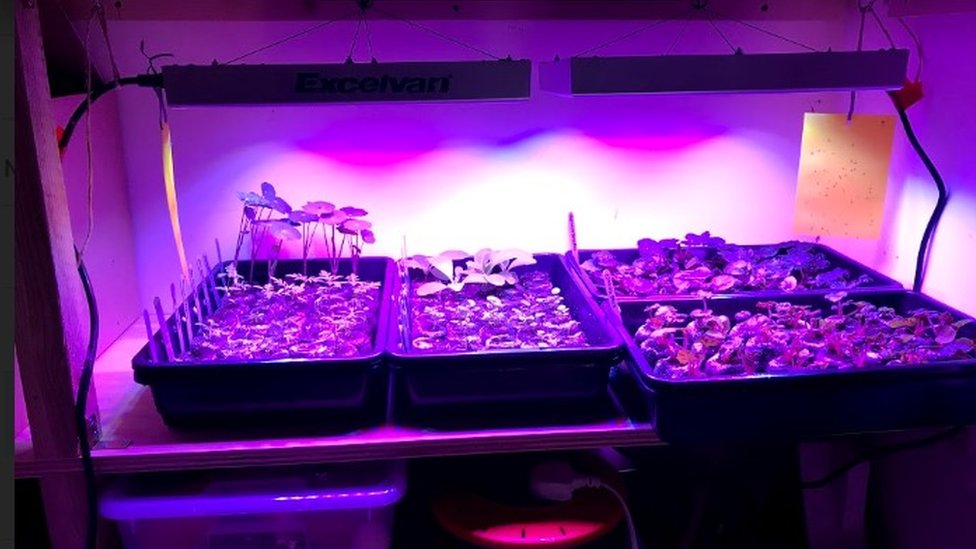
Plant scientist Jen Bromley works for the farming start-up Vertical Future. At the start of lockdown, she cleared the family’s boiler-room shelves which were full of cricket bats and Christmas decorations, and created her own in-house vertical farm.
She attached LED lights on timers to the shelves and is growing a selection of edible flowers, including borage, violas and pansies. Unfortunately, Jen’s cupboard did not lend itself to automated irrigation, so for three months all watering had to be done by hand. That’s no mean feat, especially given the cosy nature of being inside a cupboard.
“There may not have been enough room for me to stand up but the plants were just fine with the low headspace,” she said. “I was able to gather data on their rates of growth and we now use this on our production sites to make sure we always have new plants ready to supply edible flowers.”
Home Studio
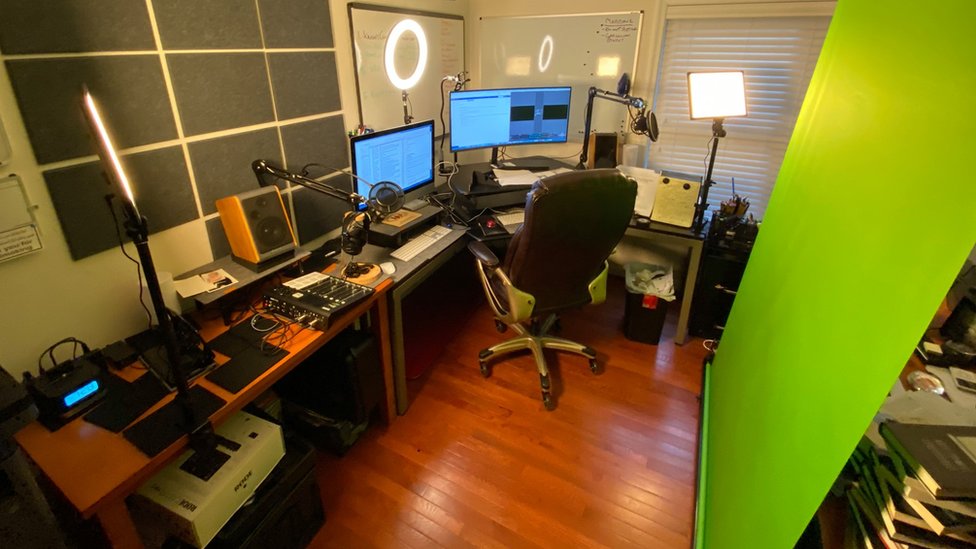
University of Virginia media studies professor Siva Vaidhyanathan already had an established home office. But he realised he needed to up his game to stream lectures to his students from his spare room in addition to launching a podcast.
“I could not make the office soundproof, but I did my best to make it non-reflective, so that my voice did not sound like it’s in a big, metal storage container,” he said, explaining the grey felt wall panels.
“I also discovered how to connect my iPhone camera to my computer, giving me much higher resolution images. And I bought a retractable green screen, so I could superimpose my image over my slides for the best lecture capture experience I could manage.”
Clocking Off
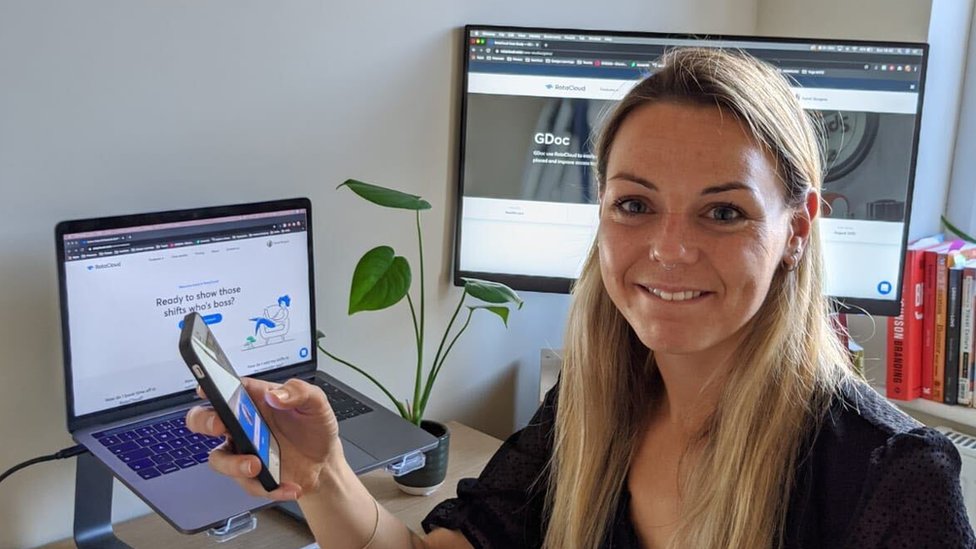
The team at the Rotacloud software firm has started using their own product – originally developed primarily for the hospitality sector. It’s designed to help managers plan rotas, and it includes a smartphone app for individual staff to clock on and off from their shifts.
“The physical act of pressing a button at the end of the day that says, ‘I’m clocking out now’, gives me a firm psychological cut-off point to my work time. It’s like throwing a switch in my mind,” said designer Sarah Burgess. “I live in a small house without a dedicated area for work. So being able to clearly differentiate between ‘work time’ and ‘home time’ has been vital to help protect my space – and my sanity.”
Recent Posts
- Feeling the Pressure at 25–30? Here’s Why Young Adults Think Time Is Running Out
- BTS Is Back! All Seven Members Complete Military Service—What’s Next for the K-Pop Kings?
- Diddy’s Blockbuster Trial Nears Verdict: What’s Next for the Hip-Hop Mogul?
- “Squid Game” Final Season Sparks Global Buzz Ahead of Premiere
- Beyoncé and Jay-Z Reunite Onstage in Paris: A Night to Remember
- Texas Bets Big on Film: $1.5 Billion Incentive Law Aims to Bring Hollywood Home
- Starbucks Considers Selling Its China Business Amid Fierce Local Competition
- JetBlue Retreats from Miami and Seattle Amid Mounting Financial Pressures
- Barbra Streisand Calls Out Hollywood’s Pay Gap in Meet the Fockers Revelation
- Elon Musk’s Robotaxi Revolution: A Cosmic Ride into the Future


